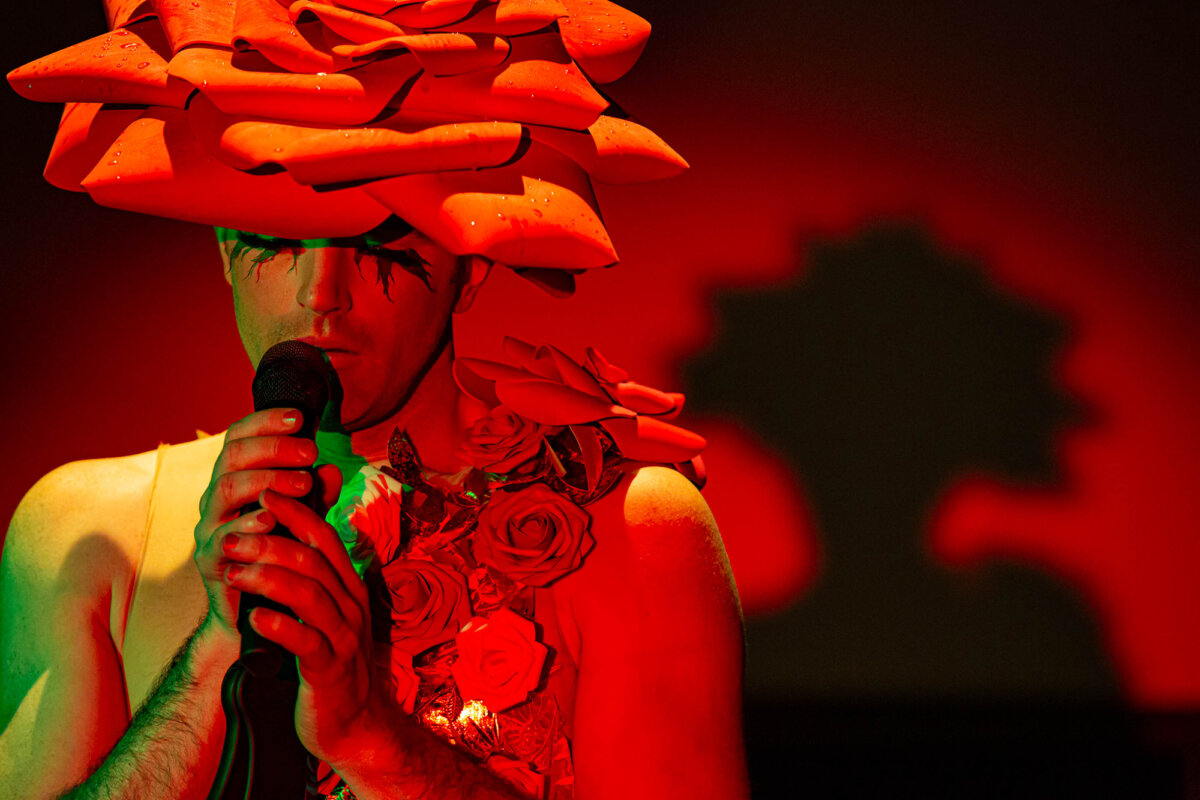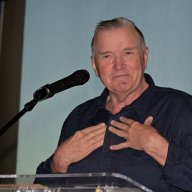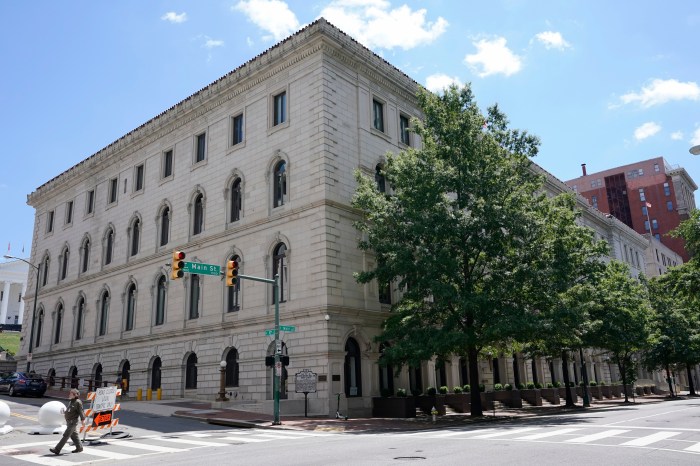Joe Amrhein gets Williamsburg to spell out what it’s talking about
In this show Amrhein furthers a rich legacy of text -based works. Language, its physical manifestation and cultural location, are twined together. “Reading the work as text” is not an academic conceit, rather an actual experience. Jenny Holzer specifically comes to mind as accumulated voices and material presence share delivery of the message. Amrhein continues to meticulously paint letterforms, employing traditional sign painting techniques from a bygone era. Strokes of enamel and passages of gilt call up that old Hollywood scene of the sign painter trying to work on the oft-too-opened office door. In this show, Amrhein paints mostly on mylar: each word or phrase on a strip, each strip stacked and layered. Reading requires optical dissection with a degree of difficulty linked to the number and proximity of layers, and complexity of coloration. Like Holzer’s LED pieces, this is a time-based event. But the length of this performance is contingent on the perceptual acuity of viewer, rather than the pulse of technology.
“RETRO,” a 12 feet high by 20 feet wide installation of mylar panels, loosely resembles a bodega storefront and awning. Flattened optically, the 12-foot depth resembles an enormous column capital, resting on the lower half of the title word. But it’s spatial presence and leading first line draws us into a truly physical reading project. Head craning, pacing, and stooping are required to finish the task, quickly rendering public one’s willingness to read. Thus, Amrhein amplifies issues of public display and reception voiced in the passages read throughout the exhibition. Most plainly available in “Art,” and “Coherent Chair,” the text fragments offer up quoted art-speak. And, while the use of arcane crafts might convince us that italics could be deflected, serifs have lost their authority, and language is absurd, there’s evidence here to the contrary.
Our own mental reiteration and performance through the gallery prove the insidious power of these opulent descriptives. The familiar space below the awning is constructed with language that defines the most contemporary of Williamburg’s street commerce: art and its acquisition. Hopefully, neither is “Retro” yet.


































